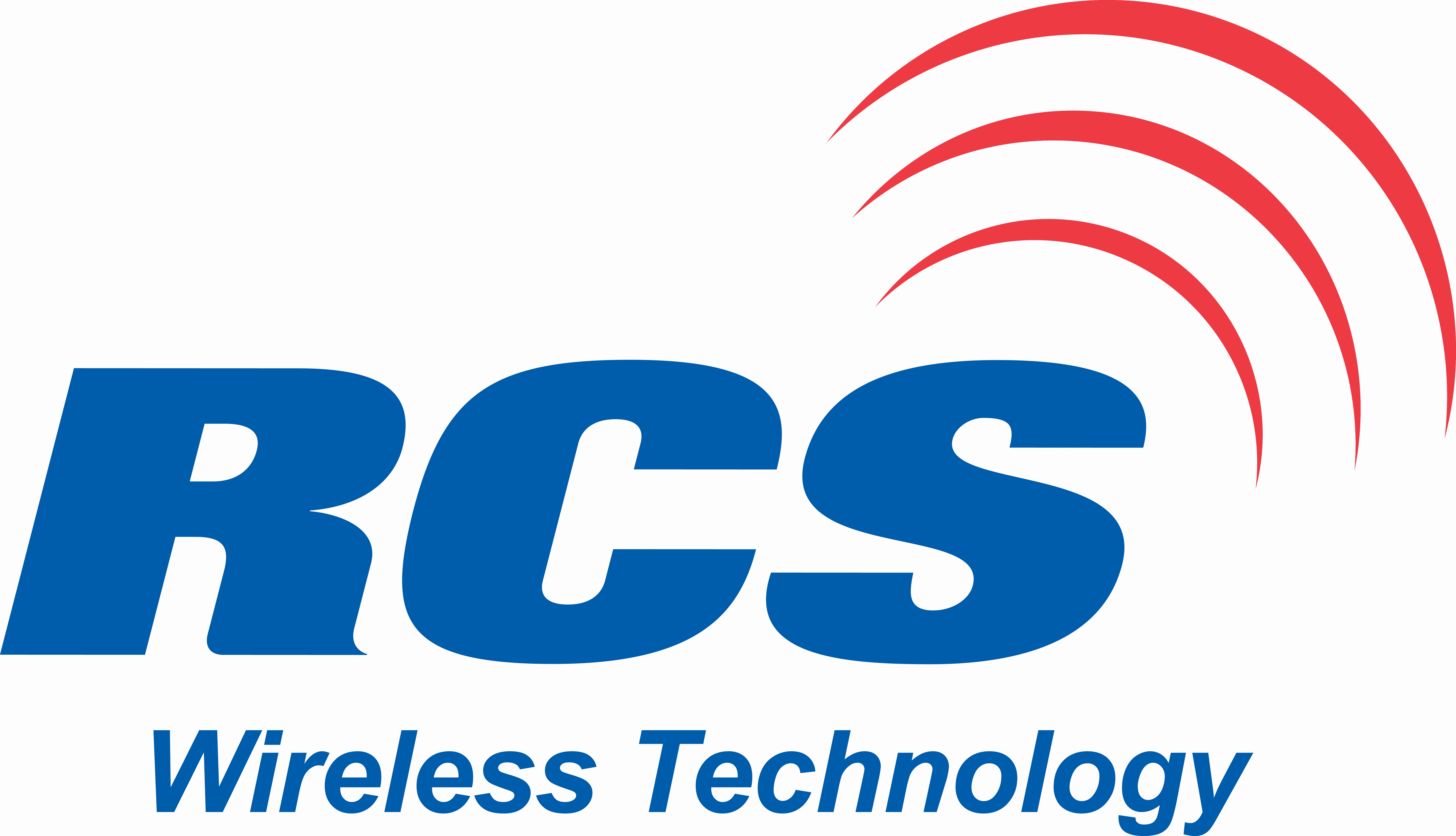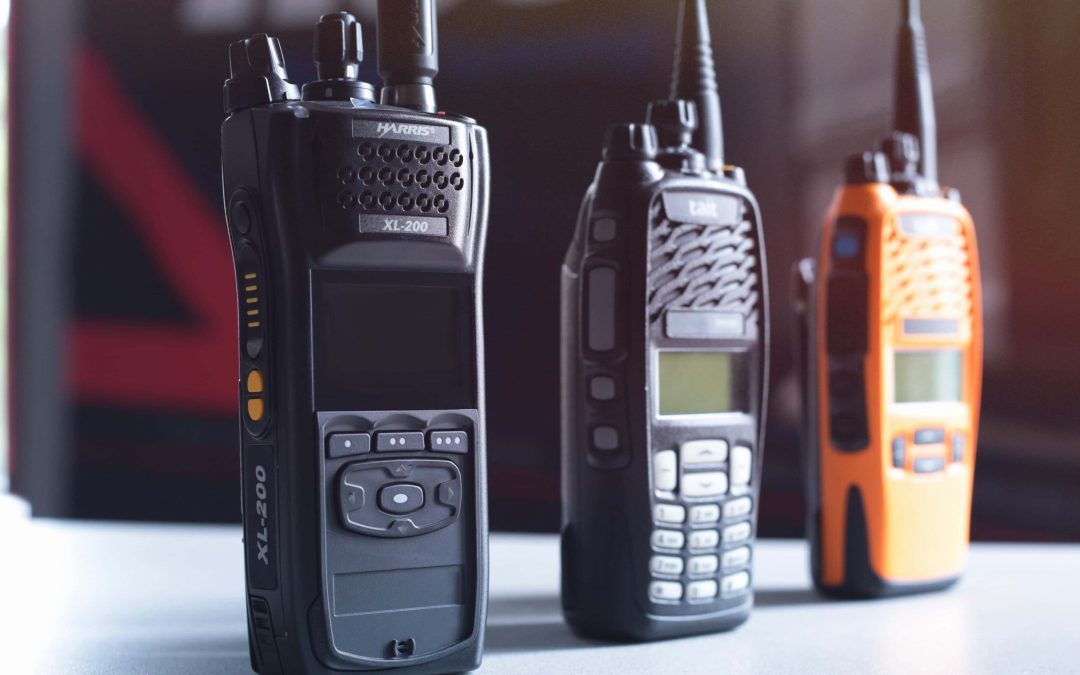Article written only for the use of rcscom.com
By Martha Harris
For more than a century
radios have been used to communicate, with the military, police, EMS and security sectors as the major users of RF devices. In our post on ‘FirstNet: Making First Responders Our First Priority’ we described how two-way radios provide a valuable service during emergencies, by enabling instant and reliable two-way communication. It’s one of the reasons that RF communication is still around, but not the only one.
Let’s have a look at five other reasons why RF communications still have a place in today’s high-tech world:
Enhanced Safety Features
Modern digital two-way radios come with enhanced safety features that cell phones do not possess, and in emergencies, this can mean the difference between life and death. Cell phones can often be prone to dead spots, or breakage when dropped, and in an emergency rendered useless. This is particularly pertinent to workers in remote locations or when working alone. A common feature is ‘Man Down’ that alerts the team if a worker has fallen, by detecting lack of movement, horizontal tilt or sudden drop. The ‘Lone Worker’ feature also ensures that workers are safe by reminding them to periodically check-in and if they fail to do so an alarm alerts the team.
Increased Security
Although today’s cellphone communications are flashier and at times more convenient than RF radios, when it comes to security, RF digital devices can provide more secure communications. Forbes explains that digital two-way radios operate on a block of spectrum, or more specifically a closed digital network. This helps ensure privacy and better security compared to cell phones which use public networks to communicate, leaving those communications potentially vulnerable to cyber threats. In fact, Marcus’ guide to ‘Cybersecurity Basics’ points out that the convenience of digital tools has one setback — and it’s that it has become relatively easy for cybercriminals to attack. Aside from applying basic cybersecurity practices like strengthening passwords and being wary of phishing and spoofing, it also pays to look back to RF communication tools, for instant communication and better security for your team.
Better Coverage Area
As mentioned above, cell phones are affected by dead zones and have to rely on their proximity to cell towers for good reception. What’s more, in case of an emergency, cell towers can become overloaded with many calls failing to go through. This is a problem telecom companies are still ironing out for regular consumers, but for those in public safety, security, manufacturing, and healthcare, for example, it’s not an acceptable option. Teams need to remain constantly connected and poor reception or dropped calls hinder the communication that they rely on to stay safe and do their jobs. With RF digital devices, users don’t have to worry about cellphone towers, network outages or overloaded cell towers. Digital radios receive excellent reception and an expanded coverage area at all times by using their own airwaves so you can always count on calls going through.
Cost of Ownership
Businesses who use cell phones have monthly plans and fees that add up every month and increase operational expenses. With two-way radio devices, there is only a one-time cost with no monthly fees, which helps businesses save hundreds to thousands of dollars every year. In addition, cell phones don’t last very long, either through misuse or accidents, and are generally replaced every year. In contrast, radio devices are rugged and can last five+ years depending on usage, and normally, have warranties and extended support that high tech cell phones don’t.
Always a Button Push Away
Unlike cell phones, RF devices don’t need to have a signal, dial a number, connect to a tower and in-turn connect to another cellphone. With digital radio, another person or even an entire team is reachable with the push of a button. As such, in many instances, companies want to make sure that their workers have access to an instant and reliable method of communication with their team. This is where ‘Push to Talk’ technology comes in which leverages radio and cellular/Wi-Fi data networks allowing communications across the street or around the world. Companies like Peak PTT provide equipment and capabilities that allow companies to make use of the superior range and coverage of Push to Talk’s capabilities when compared to a cellphone.
If you’re looking for an instant communication system that will last your organization and your team for years and years, RCS Wireless Technology can be a one-stop-shop for all of your wireless communication and security system needs. Our professional staff has the tools and the knowledge to help you design a solution that fits your needs, and your budget.
Whether you are working at a school, a hospital, or any other organization that serves the public, you know the safety of your employees, students and customers is a top priority. Call today to find out how RCS Wireless Technology can help you provide the best communication solution possible.
Call our service team today to learn more about our products and services at 1-336-788-9191, or toll-free at 1-800-441-9191, or use the button below to send a message to one of our customer service agents.

